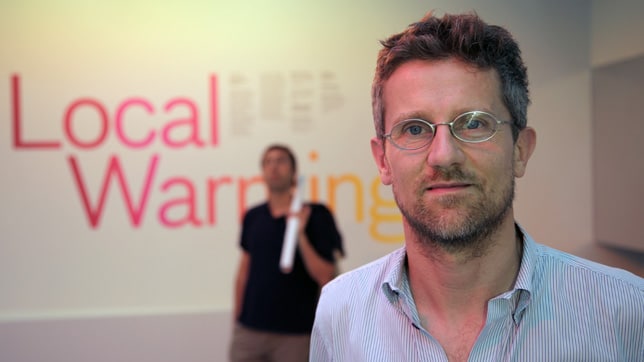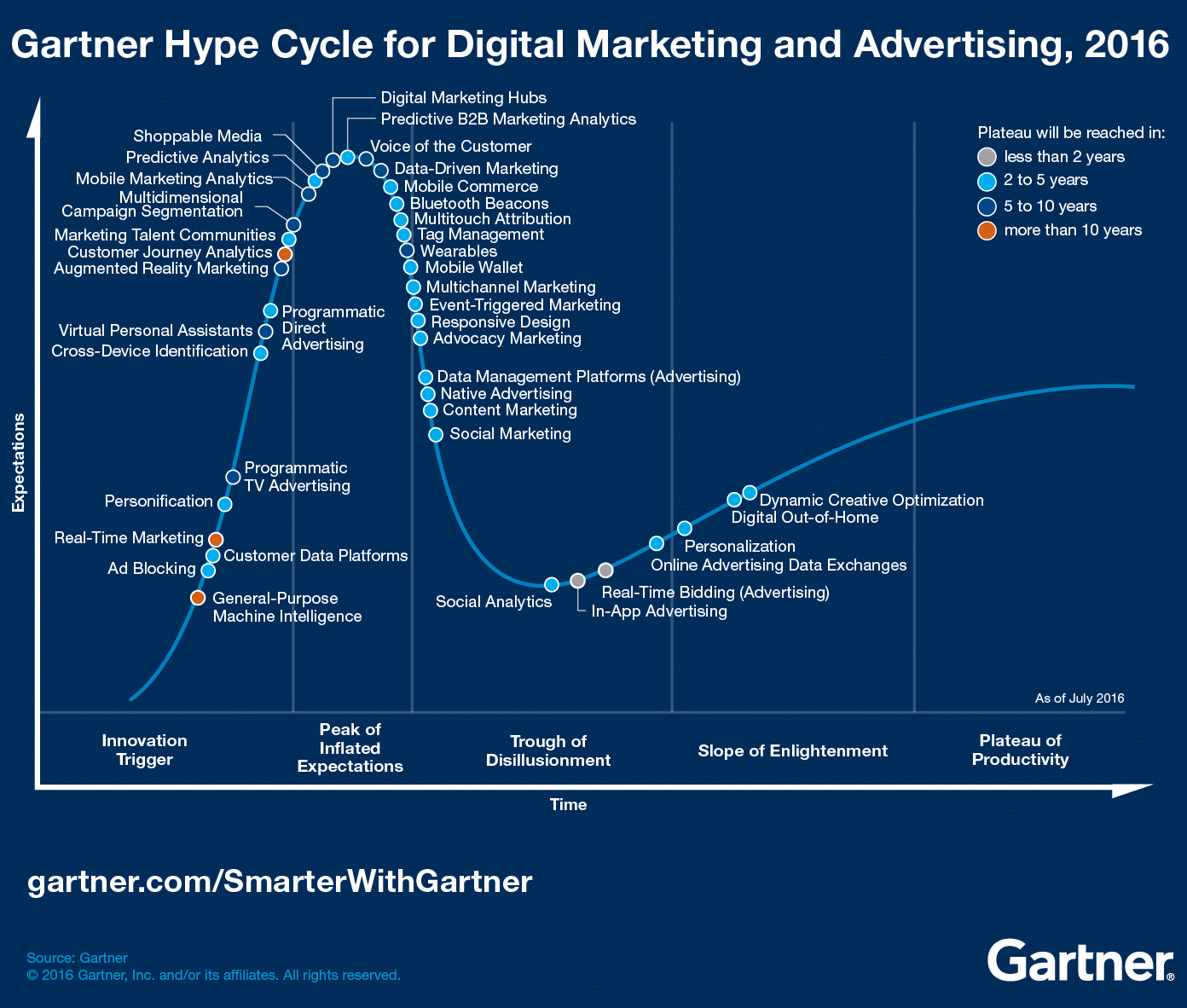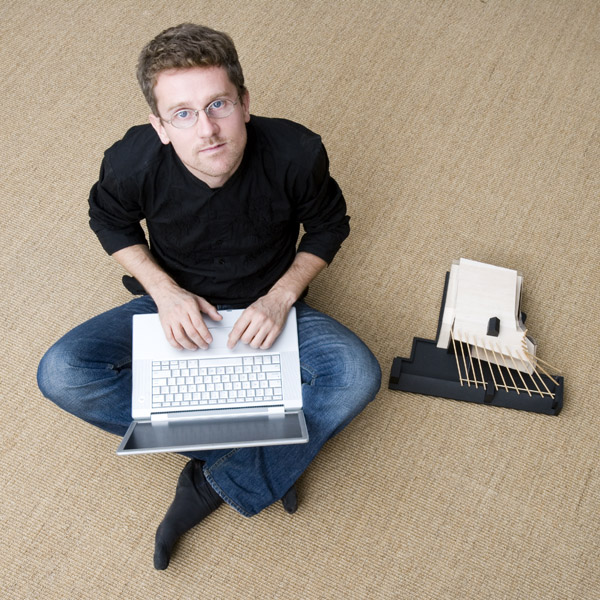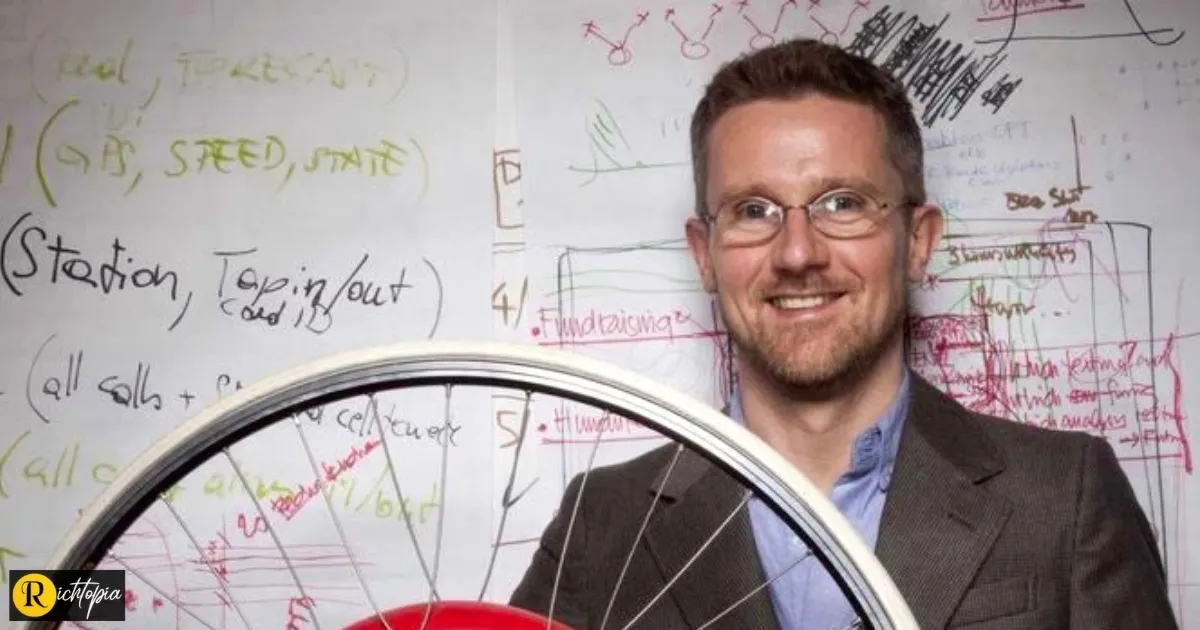Professor Carlo Ratti is an architect and engineer who teaches at MIT, where he also directs the Senseable City Lab.
Ratti is also a founding partner of the international design and innovation office Carlo Ratti Associati.
He graduated from the Politecnico di Torino and the École Nationale des Ponts et Chaussées in Paris, and later earned his MPhil and PhD at the University of Cambridge, UK.
Ratti holds several patents and has co-authored over 250 publications, including “The City of Tomorrow” (Yale University Press, June 2016, with Matthew Claudel).
As well as being a regular contributor to Project Syndicate, he has written for international media including New York Times, Washington Post, Financial Times, Scientific American, BBC, Il Sole 24 Ore, La Stampa, Corriere della Sera, Domus.
His work has been exhibited worldwide at venues such as the Venice Biennale, the Design Museum Barcelona, the Science Museum in London, MAXXI in Rome, and MoMA in New York City.
Professor Carlo Ratti Interview:

1. What does being a director and thought-leader mean to you?
I think that it’s about responsibility: the things you say and do carry an increasing weight.
At the same time, you need to be able not to discontinue experimentation, risk-taking and curiosity, especially if you are in the creative disciplines.
2. Please summarise your life in three words.
Struggle-for-change!
3. How does your business development processes work from initial planning to establishing a strong and stable campaign?
It is not too structured…
As we are passionate about ideas, sometimes we work in reverse: we start with a project idea, and then we look for clients who might be interested in it.
4. You’re a great believer in making this world a better place – particularly for those who are struggling – how could we create more opportunities for people from poor, vulnerable and disadvantaged groups?
I believe that I am a Schumpeterian at heart: I believe that human progress stems from “the doing of new things or the doing of things that are already being done in a new way”.
By working with new technologies we can help create opportunities for everyone. Sometimes, it is important to start focusing from the get go on poor, vulnerable and disadvantaged groups. But in other cases one can focus elsewhere, and technology will trickle down over time.
I think that the concept of “leapfrogging” is a particularly interesting example of the latter.
Every technology needs to start somewhere – and often it starts in the developed world. Hence at the beginning, new technologies can increase existing societal gaps. However, subsequent dissemination, particularly in the developing world, or contexts that do not have similar preexisting technologies, can cause a “leapfrogging” effect, and help reduce the gap.
Take for instance what happened with cellphones: when they started they were the exclusive preserve of the Western upper classes.
Fast forward a couple of decades and they have become tremendously widespread across the world, in particular in the African continent where countries without an existing telecommunications infrastructure are now leapfrogging into the future.
Different parts of Africa are now leading the way in many applications, from mobile banking to the empowerment of farmers with real-time crop information.
This is one of many signs of how innovation developed in emerging markets can then spread across the world.

5. How have you gone about adding much great value to society through business, education, and incubating tech companies? And what tips would you give to our readers who want to do the same?
I see the practice of design, education and start-ups as different sides of the same coin – the Schumpeterian coin of experimentation and innovation.
6. What kind of culture have you established in your company?
We try to create culture of diversity openness, both at the Senseable City Lab and at Carlo Ratti Associati.
Almost 100 people, coming from all over the world, compose the teams. Each researcher has a different personal history, skills and a cultural background. Some come from architecture and design, but we have also mathematicians, economists, sociologists, physicists.
I think that “diversity” is a really important aspect in any team activity.
This applies to design but also to science, which is also undergoing a sea of change in networked publication and collaborative writing, to the point that an ecosystem which was formerly populated by the likes of Bohr and Einstein is now driven almost exclusively by co-authored research.
Just a handful of the 700 papers published in Nature Magazine in 2008 were written by a single author. The same tide is rising, with more or less quantifiable metrics, across almost every discipline, from Broadway musicals to finance.
7. How did you establish it and why?
It has been one of our distinctive features from the beginning…
8. How have you gone about gaining such great intelligence from achieving a PhD from the University of Cambridge to taking part in World Economic Forum and Bilderberg meetings? And what tips would you give to our readers who want to do the same?
I am not sure that these are the things from which I have learnt most in life. However, perhaps the key thing I learned is curiosity.
I like a dialogue in Truffault’s seminal movie ‘Jules et Jim’- between Jim and his professor Albert Sorel:
Mais alors, que dois-je devenir?” — ”Un Curieux.” — ”Ce n’est pas un métier.” — ”Ce n’est pas encore un métier. Voyagez, écrivez, traduisez…, apprenez à vivre partout. Commencez tout de suite. L’avenir est aux curieux de profession”
English Translation:
But then, what should I become?” – “A Curious.” – “It’s not a craft.” – “It’s not yet a craft. Travel, write, translate …, learn to live everywhere. Start right away. The future is curious by profession”

9. If you could spend a day hanging out with three people from history for advice, who would they be?
– Buckminster Fuller, who could enagage with us in his “comprehensive anticipatory design science”
– Constant Nieuwenhuys, so that we can take a trip together to his “New Babylon”
– Umberto Eco, as a dear friend who just recently passed away.
10. How would you inspire and sustain the energy of future leaders in the world over the long term and despite huge obstacles?
By focusing on our collective goal – and our common future.
11. What would you do differently in your life, if anything?
I would repeat the same mistake, so that I can learn from them again! There are quite a few…
12. If you could put a percentage on the satisfaction in your life from 0% to 100%, what would it be? And why?
I would say 0% – we always need to be unsatisfied and “hungry”, as Steve Jobs once said.
13. What is the best advice you received from family, friends and the mentors in your life?
There are probably too many to summarize…
But I would like to mention something that I have inherited from my father: certain intolerance for conformism and the willingness to change the status quo.
14. What are some of your aims for the next five years?
I would like to continue exploring the intersection of the physical, digital – and biological – world.
As we all know, we are today at the beginning of a new technological revolution: the Internet is entering physical space – the very space of our cities, the traditional domain of architecture – and is becoming Internet of Things.
It merges physical and digital – giving rise to cyber-physical systems.
It is opening the door to a new world of applications that can encompass many domains – not differently from what happened during the first wave of the Internet.




